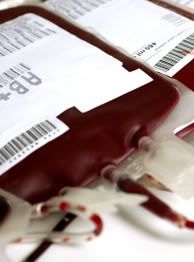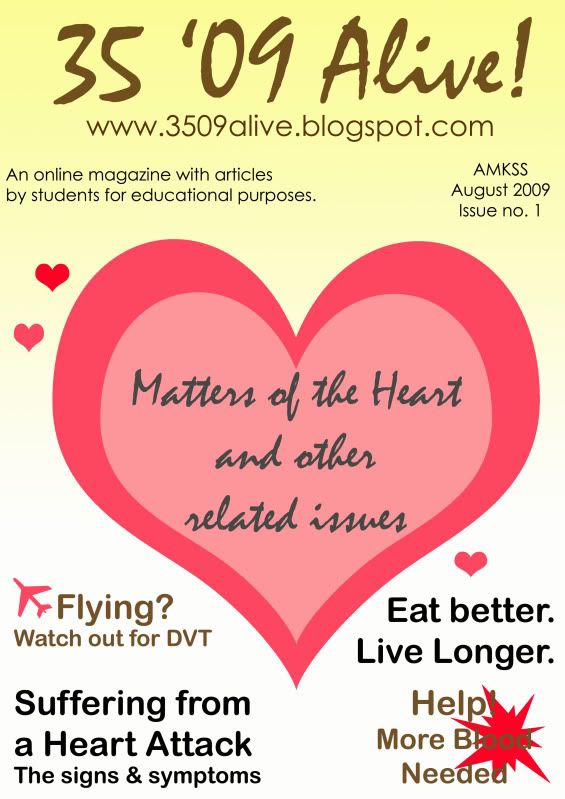
Although all human blood may look similar, it can be classified into four main red blood cell groups, namely A, B, AB and O which stand for two antigens (chemical substances that can be targeted by one's immune system) labelled A and B.
Group A has only A antigens, group B has only B antigens, group AB has both (A and B) while group O has neither.
The blood groups are then further classified as Rh-positive, if the blood antigen labelled ‘D’ is present, and Rh-negative, if the ‘D’ antigen is absent.
Of course, the blood groups are not equally divided among the human population around the world. Imagine having sufficient amount of blood of each type in the blood bank! People do not have to worry for inadequate amount of blood when there’s too much loss of blood in their body.
Rhesus negative blood type is rare in Singapore's population. Less than one per cent of the Singapore donor population has negative blood types such as O- , A- , B- , and AB- . These blood types are more commonly found in the Caucasian and Indian communities.
Out of 100 people

Most Prevalent Blood type

The most prevalent blood type would thus be O+. Almost 40% of the population has O+ blood. Type O blood is the universal blood type and is the only blood type that can be transfused to patients with other blood types.
More prevalent blood groups
Anyone can donate their blood to anyone one else. Now, that is a common MISCONCEPTION. First of all, blood donors and recipient must have compatible blood types. Let’s have a look at the possible combinations in the table below.

Why does everyone has different combinations? Well, blood types are decided by the genes in a person and that is why mothers and children have a different blood type. Blood types also contain genes from both parents. Due to the presence or absence of certain protein molecules called antigens and antibodies, individuals have different types and combinations of these molecules.
Using the wrong type of blood in a blood transfusion may be fatal! For a blood transfusion to be successful, ABO blood groups must be compatible between the donor blood and the patient blood. If they are not, the red blood cells from the donated blood will clump or agglutinate! It results in the clogging of blood vessels and stopping the circulation of the blood to various parts of the body. The agglutinated red blood cells also crack and its contents will leak out in the body. The red blood cells contain haemoglobin which becomes toxic when outside the cell. This can have fatal consequences for the patient.
So through this article, do everyone has a better understanding of the different ABO groups?
Acknowledgements to:
http://www.nzblood.co.nz/?t=31
http://nobelprize.org /medicine/landsteiner/readmore.html
http://nobelprize.org/educational_games/medicine/landsteiner/readmore.html
http://health.asiaone.com/Health/News/Story/A1Story20090723-156508.html
http://ph.88db.com/ph/Knowledge/Knowledge_Detail.page/Health_and_Medical/?kid=886
http://www.factmonster.com/ipka/A0877658.html
Brought to you by:
Png Shi Min (13)
Reiko Ang Wei Ting (14)
Seet Min Yi (15)
Tan Jia Yun (16)

OK nice to see- interesting blogs are always sweet! Blessings.
ReplyDeleteBuy Health Education Products